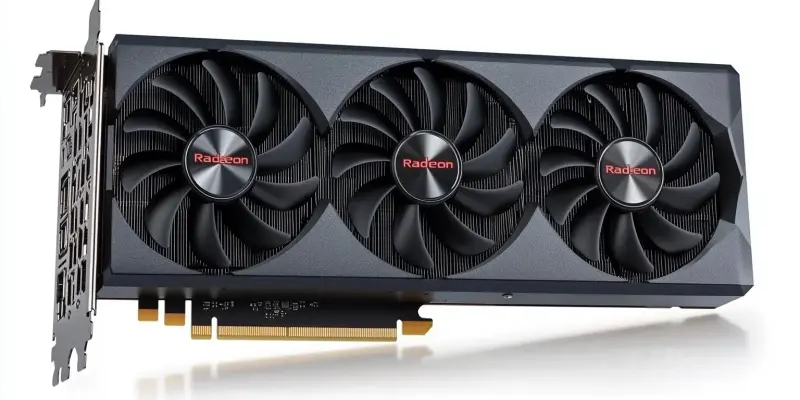In a surprising move, AMD’s Radeon RX 9070 GPUs have surfaced at a Spanish retailer, NeoByte, well before their official release, sparking discussions about their potential impact on the competitive GPU market. These new GPUs, part of the highly anticipated RDNA 4 series, include models like the Gigabyte AORUS Radeon RX 9070 XT, the Gigabyte Radeon RX 9070 XT Gaming OC, and the Gigabyte Radeon RX 9070 Gaming OC. Prices at NeoByte span from €889.99 to €1,119.99, although these figures are tentative and not expected to reflect the final retail prices. Additionally, a listing by Philippine retailer Netcodex for the RX 9070 XT Gaming OC 16GB at approximately $530 hints that launch prices could widely differ across regions. AMD’s pricing strategy and the early availability of the RX 9070 models are poised to shake up the GPU market, which has long been dominated by NVIDIA.
A New Competitive Landscape
AMD’s Frank Azor has made it clear that the Radeon RX 9070 series aims to capture the $300 to $1,000 price segment, putting it directly in competition with NVIDIA’s 70-class and 80-class GPUs. This competitive pricing strategy is part of AMD’s broader effort to gain a stronger foothold in the mainstream GPU market. As the RDNA 4 series rolls out, consumers are eager to see how these new models will perform against NVIDIA’s established offerings, and whether AMD can deliver better value for money. The battle for dominance is expected to be fierce, with Intel also entering the fray. For consumers, this translates to more choices and possibly better prices as these companies vie for market share. The mainstream GPU sector is indeed heating up, and the Radeon RX 9070’s early listings have only fueled the excitement further. The coming months will reveal whether AMD’s latest GPUs can truly challenge NVIDIA’s stronghold.

